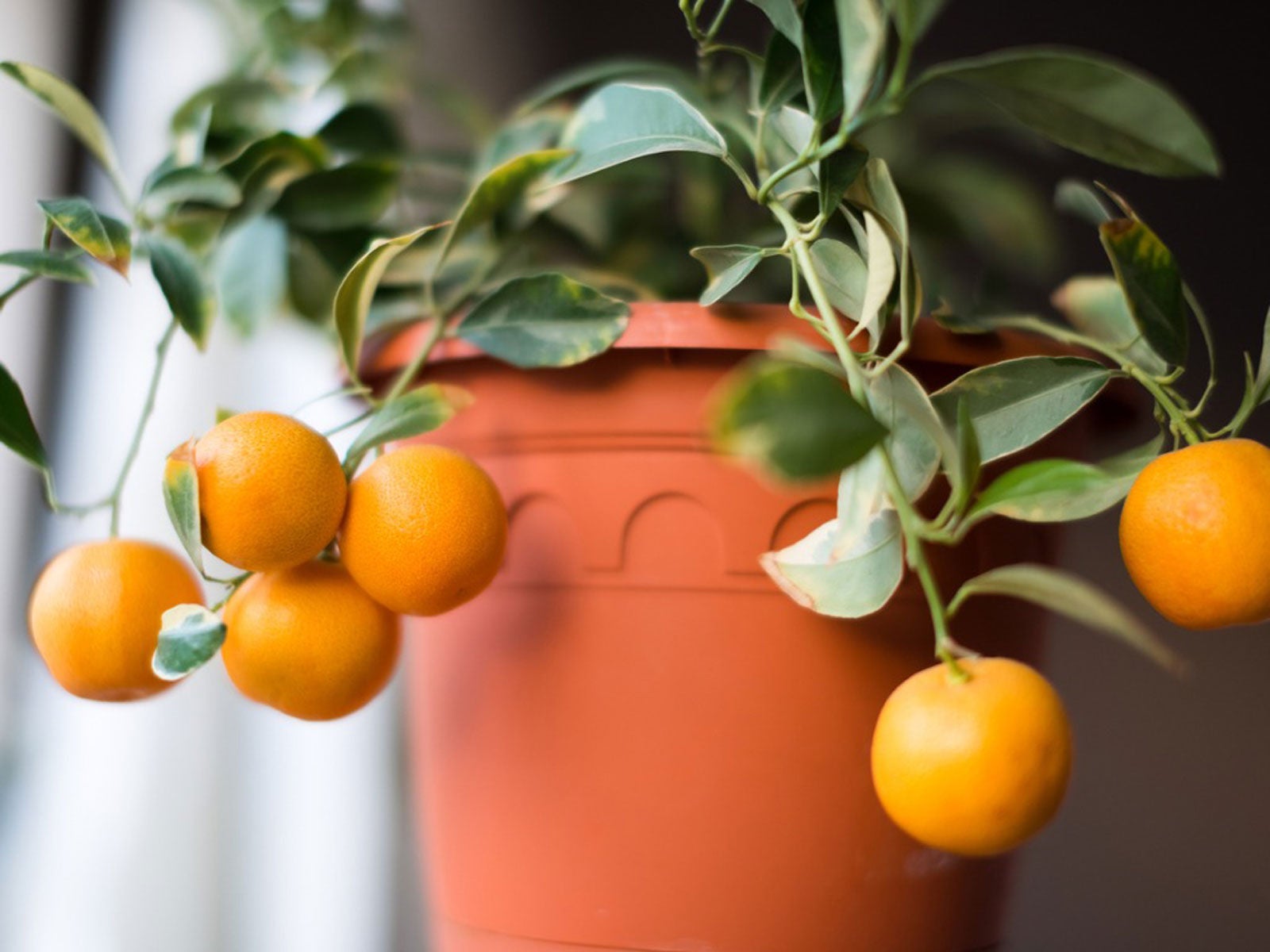Calamondin Tree Care: How To Grow Calamondin Citrus Trees

Calamondin citrus trees are cold hardy citrus (hardy to 20 degrees F. or -6 C.) that are a cross between a mandarin orange (Citrus reticulata, tangerine, or Satsuma) and a kumquat (Fortunella margarita). Calamondin citrus trees were introduced from China to the U.S. around 1900.
Used in the United States primarily for ornamental purposes and often as a bonsai specimen, Calamondin trees are cultivated throughout southern Asia and Malaysia, India, and the Philippines for their citrus juice.
Since the 1960's, potted calamondin citrus trees have been shipped from southern Florida to other areas of North America for use as houseplants; Israel does much the same thing for the European market.
About Growing Calamondin Trees
Growing calamondin trees are small, bushy evergreens that can attain heights of 10-20 feet (3-6 m.) high, but are usually much shorter in stature. Small spines are apparent on the branches of growing calamondin trees, which bear fabulous orange-scented blossoms that become small orange fruit (1 inch in diameter (2.5 cm.)) resembling a tangerine. The segmented fruit is seedless and extremely acidic.
Among calamondin growing tips lays the information that this tree is hardy in USDA plant hardiness zones 8-11, one of the hardiest citrus varieties. Blooming in the spring months, the fruit of calamondin citrus trees persist through winter and can be used in drinks just as lemons or limes are used and also make wonderful marmalade.
How to Grow Calamondin
This hardy ornamental evergreen citrus sounds like a great addition to the home garden, and I bet you are wondering just how to grow a calamondin. If you live in zone 8b or colder, this is one of the few citrus trees that you can grow outside.
Additionally, calamondin growing tips enlighten us as to the true hardiness of this variety of citrus. Calamondin trees are shade-tolerant, although they are most productive when grown in full sun. They are also drought-tolerant although, to avoid stressing the plant, they should be deeply watered during extended dry periods.
Gardening tips, videos, info and more delivered right to your inbox!
Sign up for the Gardening Know How newsletter today and receive a free copy of our e-book "How to Grow Delicious Tomatoes".
Calamondins can be propagated via seedings, by rooting softwood cuttings in the spring, or with semi-ripe cuttings in the summer. They may also be bud grafted onto sour orange rootstock. The flowers require no cross-pollination and will produce fruit at two years of age, continuing to bear almost all year round. The trees can be forced into blooming by withholding water until the foliage wilts and then watering thoroughly.
Calamondin Tree Care
Although calamondin trees can be grown indoors, they are better suited for outdoor cultivation in half shade or direct sun. Calamondin tree care indicates temperatures between 70-90 degrees F. (21-32 C.) are most suitable, and any temp less than 55 degrees F. (12 C.) will adversely affect its growth.
Do not overwater calamondin. Allow the soil to dry to the depth of 1 inch (2.5 cm.) before watering.
Fertilize during the winter using one half-strength, water-soluble fertilizer every five weeks or so. Then in the early spring, add a slow-release fertilizer and continue to fertilize with a full-strength, water-soluble fertilizer every month during the growing season.
Keep leaves dust-free to prevent mite and scale infections.
Harvest the fruit with clippers or scissors to avoid damaging the stem. Fruit is best eaten soon after harvest or should be refrigerated immediately.

Amy Grant has been gardening for 30 years and writing for 15. A professional chef and caterer, Amy's area of expertise is culinary gardening.
-
 Looking For Plants To Give You The Soft And Fuzzies? Try These 5 Fuzzy Leaf Plant Options
Looking For Plants To Give You The Soft And Fuzzies? Try These 5 Fuzzy Leaf Plant OptionsLovers of texture, drama, silver foliage and tactile plants will adore these special sensory garden additions. These fuzzy leaf plant options will leave you all aglow
By Susan Albert
-
 Get Ready For A Summer Of Hummers! Grow These Full Sun Hummingbird Plants and Flowers
Get Ready For A Summer Of Hummers! Grow These Full Sun Hummingbird Plants and FlowersIf you’re lucky enough to enjoy a sunny backyard, make sure you are maxing out on your pollinator opportunities and grow these full sun hummingbird plants and flowers
By Tonya Barnett